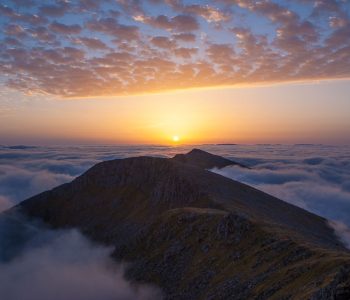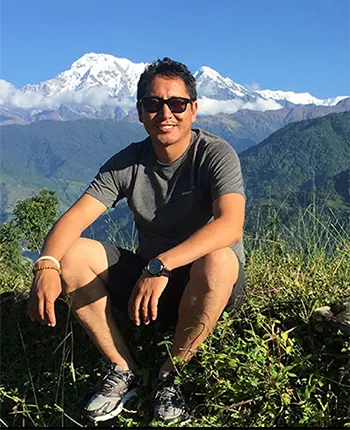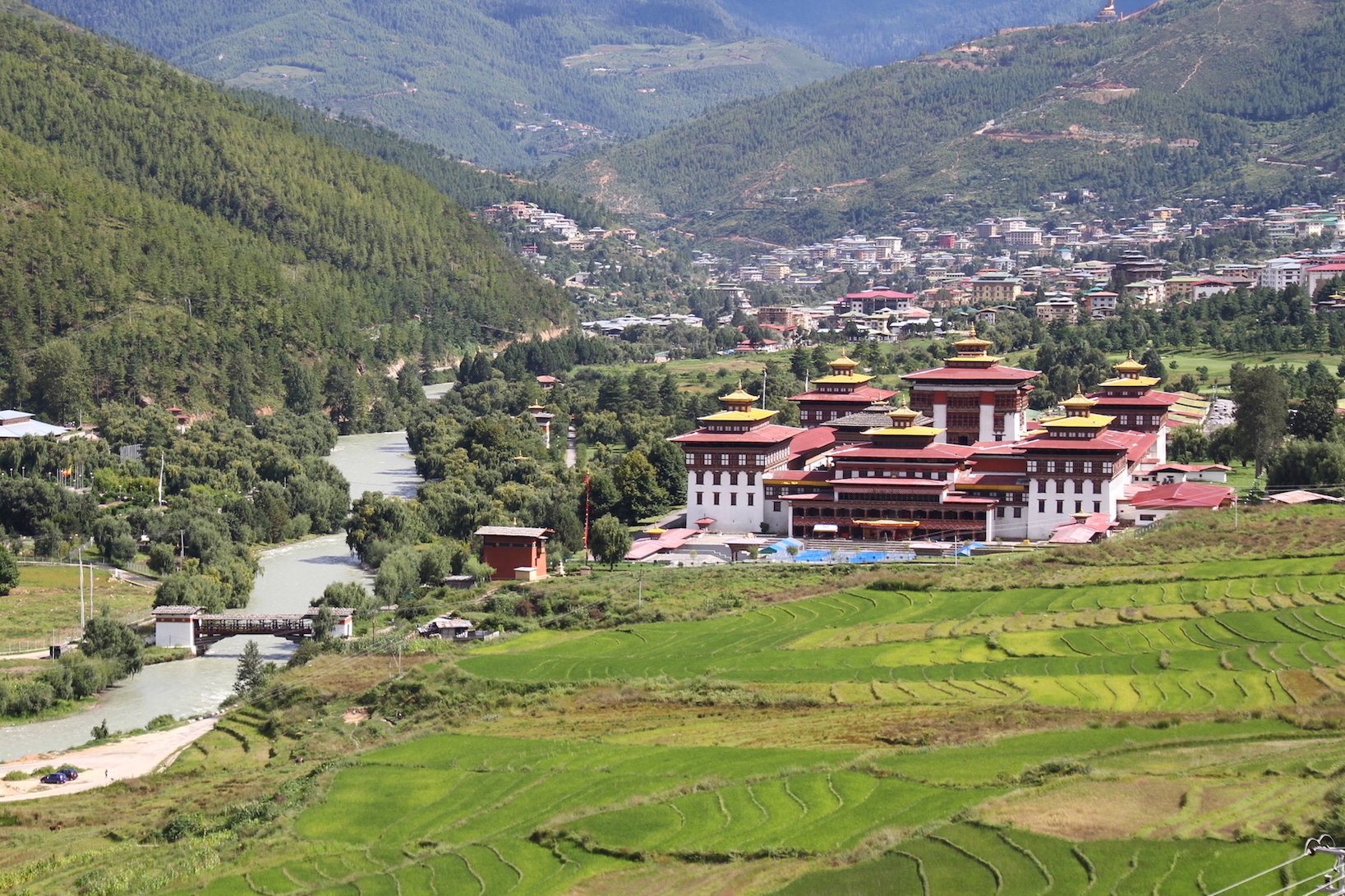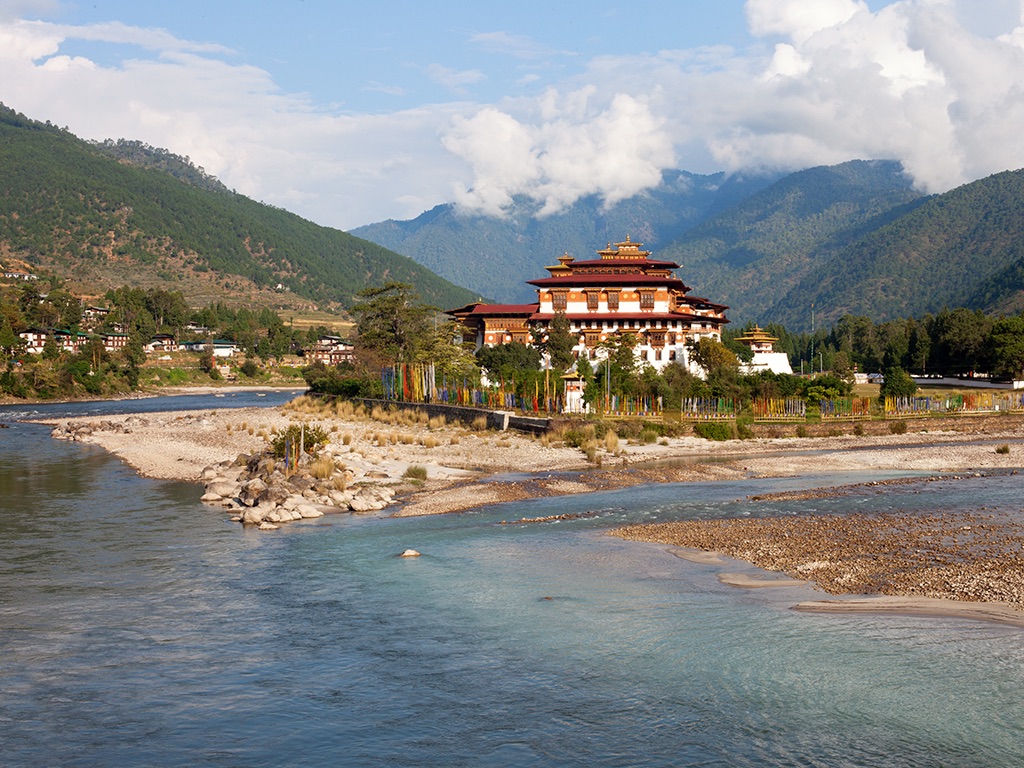- Trip Style: Bhutan3
- Ways to Travel: Guided
- Activities: Bhutan Travel
- Group Size: 2-12
- High Altitude 3000 M

Trip Overview
Journey to Shangri-la, With so much to see and experience in Bhutan, how long will I stay, and what will I see? We have designed this trip to give you an extraordinary experience of life in Bhutan, from the cities and towns. In addition to rural life, nature and the stunning landscape, and of course, the monastic life of this Buddhist Kingdom. Where Gross National Happiness is a higher priority than Gross National Product.

Bhutan is perhaps the most mysterious and diverse of all the Himalayan kingdoms. Moreover, for centuries, a traditional Buddhist culture has thrived in isolation from the rest of the world. It is a land of contrast, with lush forested valleys, fortified monasteries, sacred mountains, art, and architecture unique to the region.
Our journey begins in Paro, and we head straight to Thimphu, where we have two days to explore this charming and serene capital. We then venture out into the countryside to visit the beautiful Punakha, Trongsa, and Bumthang Valleys. Here we explore the rural lifestyle and architecture of Bhutan before returning to Paro. One of the highlights of our tour we visiting Taktsang (the Tiger’s Nest) – a small monastery clinging to a rocky cliff 900 metres above the valley floor. Explore about Journey to Shangri-la on the way to the expedition.
For Queries & Reservations
Travelling with us is flexible, freedom and fun.
We deliver exceptional products at a very good price for you, but not at the cost of the environment or our social responsibilities “travel Responsibly”
info@responsibletreks.com





 Trip HIghlights
Trip HIghlights
 Detailed Itinerary
Detailed Itinerary
 Inclusions & Details
Inclusions & Details
 Date & Price
Date & Price
 Trip Review
Trip Review
 Faqs
Faqs
 Travel Videos
Travel Videos
